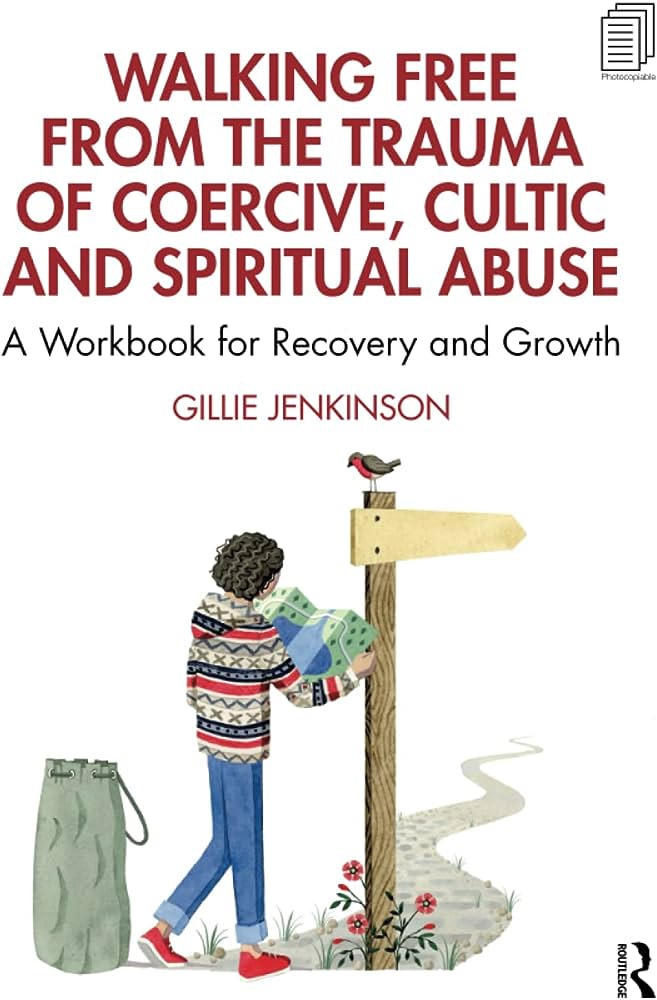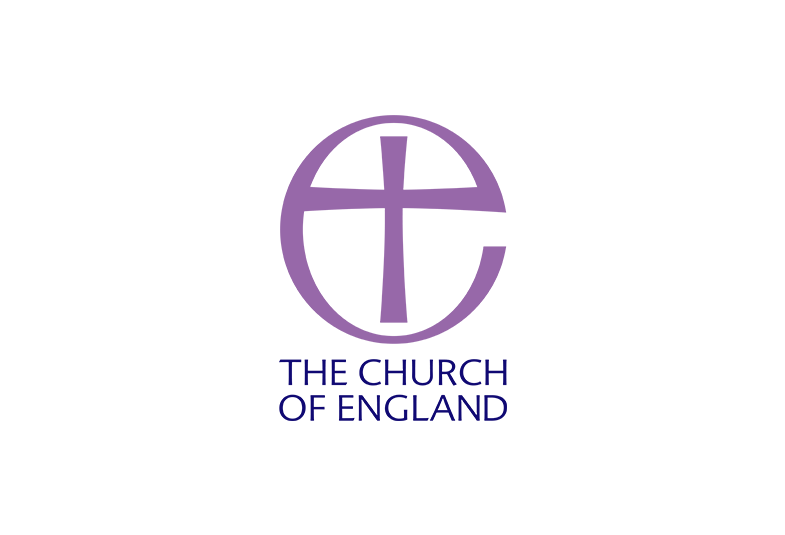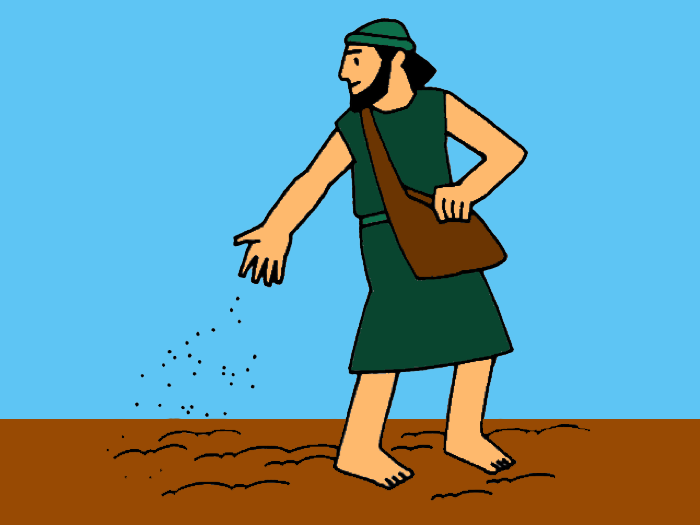
When I began my interest in the world of cultic studies some twelve years ago, I had all the misconceptions about cults that most people in our society possess. The main failure of understanding on the part of ordinary people, when looking at cults, is the difficulty of appreciating how deeply these harmful groups may have burrowed inside their acolytes, emotionally, spiritually and intellectually. The task of escaping from a cult ideology or world view is, in fact, very hard. Surely, we naively think, exiting a cultic group is just a matter of sitting down with a well-informed and sensible person and having the errors of our thinking pointed out in a conversation of an hour or two. The reality is of course very different. Most cultic groups are skilled in the task of taking the identity of an ordinary person and utterly transforming it. The individual member has effectively become, in a negative sense, a new person. Although the idea of becoming a new person has biblical echoes, the cultic version has little to do with anything set out in the New Testament. The cultic new person possesses a created identity which imitates the model designed by an exploitative leader. Such a leader is typically motivated with a malign desire to exercise power. The cultic identity of the acolyte is one ripe for exploitation, financially, sexually or emotionally.
The field of cultic studies is not without its contested areas and arenas of deep division. One group of academics study and describe what we have outlined above – the profound personality changes wrought by various controlling groups. Another group of academics want to sit lightly on the idea that belonging to a religious or political group can ever be of lasting significance to the individual concerned. They seem unwilling to consider seriously the risk of massive harm that exists in such groups. They also seem not to have noticed the hollowed-out identities that belong to many of these dedicated cult members. The assumption of our legal system is also, not unreasonably, that any political or religious decision made by an adult has to be respected. Moral choice is assumed to belong to everyone and a functioning conscience and intellect exists for all unless compromised by mental incapacity, Everybody can make the choice to surrender property and self-determination to a small coercive group. That is a sacred right even if, in the process, it takes that individual to a place of extreme harm.
During my time as a member of the International Cultic Studies Association (ICSA) I have got to know a distinguished British therapist, Dr Gillie Jenkinson, who is active in the field of helping cult survivors. She has recently published a book Walking Free from the Trauma of Coercive, Cultic and Spiritual Abuse. It is a workbook for individuals who are seeking to recover from cult membership and any abuse encountered through such an involvement. My motive for buying the book was not personally to undo the effect of a malign group, but to understand better the way cults are understood by therapists who take the whole topic seriously. Gillie’s approach to the impact of cults can be summed up in the expression, the pseudo-identity. This is the identity given to the acolyte by the cult and it overlays the core identity with which one was born. The traditional way of speaking about cults was to describe some kind of indoctrination as is implied by the word brainwashing. The new model is to conceive of an identity which is being built up layer by layer with emotional and intellectual material from a cult leader. This way of describing the process is to think of an onion. At the heart of each individual is a core identity which pre-exists cult membership. Over time, the membership of a cult has built up an accretion of layers like an onion, to cover and bury that original authentic identity or self. What is presented to the outside world and internally experienced is the cult self, or cult identity. This notion of a cult member having a core/authentic identity overlaid by one created by a group leader for the members, seems to be a illuminating way of speaking. It is also the one that it has largely superseded the old brainwashing language of the past.
Gillie’s book shows us clearly the way that this model is helpful for thinking about and mentally grasping the complex phenomenon of cult membership. The book Walking Free, is to a considerable extent a description of these onion layers and the way each has to be in turn stripped away in order to reach the core pre-cult identity. Here is found freedom and the ability to choose and make decisions for oneself. I have not yet finished the book, but I want to speak about two of the onion layers of cult membership which must be dealt with along the journey of recovery. I choose them in part because we may see, in considering them, how it is not just hard-core Scientologists or Moonies who have external things wrapped round and obstructing the authentic identity. These restricting layers may be encountered in places where so-called ‘orthodox’ church life is practised in Britain today.
One of the sure signs of an unhealthy political or religious group is the way that doubt is handled. We find that a coercive group will typically refuse to allow members to question leaders or challenge their decrees or their teaching. Members of closed groups are, at the same time, restrained by the need to remain in good standing with this leadership. A rebellious confrontation risks expulsion. When such action is taken against a member, that individual may believe that his/her assurance of salvation is instantly taken away. The dynamic of cultic groups is well versed in such tactics of inducing fear. Needless to say, when ordinary questioning is supressed, the human intellect can hardly be described as functioning well. Can it ever be described as healthy to encourage the notion that there is only a single answer to a problem? We have spoken about the limitations of binary thinking before. Whenever doubt is discouraged in any area of human thought, we find what we can only describe as a vacuity in the human soul.
Gillie describes in detail how other facets of the cultic identity have to be dismantled one by one in the journey to release the authentic version long buried by cult membership. Some, like doubt, are to do with the thinking intellectual side of the individual and others are to do with emotional and personal functioning. One fascinating notion, which introduces for me a brand-new word, is contained in the section where Gillie speaks about ‘confluence’. Confluence is a word to describe the way that we all have the capacity to flow or merge into other people and they into us. This of course is appropriate when we speak of mother and child, but it is less welcome when a similar process happens as part of the functioning of a coercive group. Too much confluence can involve the partial or complete dissolution of the individual human personality. Although Christian love might seem to some to require a partial merging into another person, any excessive loss of boundaries or personal space would appear to be too high a price to pay. Even the marriage partnership does not demand we relinquish our separateness in the name of unity. From the outside it is not difficult to see that confluence in a cultic setting is potentially toxic, benefitting only those who have power and control over the group.
Forbidding doubt and encouraging confluence and fuzzy edges in a cultic context are just a sample of the onion layers described in Gillie’s book which have to be peeled away in the journey towards wholeness. Gillie’s other metaphor is to describe the journey to wholeness as a pilgrimage with a heavy bag. Cultic membership may have required the acquisition of ideologies and burdensome ideas which have be let go as we seek to make our way through life. To assist this process of unpacking and abandoning the things that are not required for the task of abundant living, the book introduces us to some valuable and up-to-date psychological insights. These help us to understand how human beings can learn to function better and thus to find healing and true human flourishing in a world beyond coercion and control.
Walking Free is not overtly a Christian book. But, as the author spent twenty-five years in a Christian cult, she does understand and describe implicitly how the Church itself can become involved in cultic dynamics. My final comment is to hope that this wise book will reach the hands of many Christian leaders, especially those who minister to those fleeing from abusive and coercive situations. We need such a clear guide to protect us from the ravages of cultic dynamics that seem in some places even to plague our churches.


